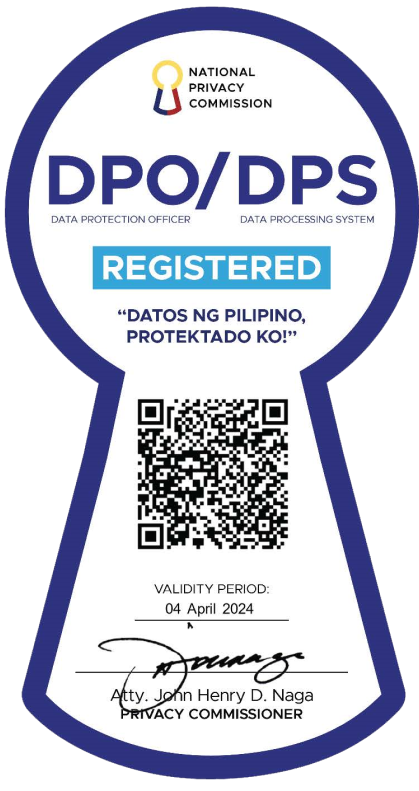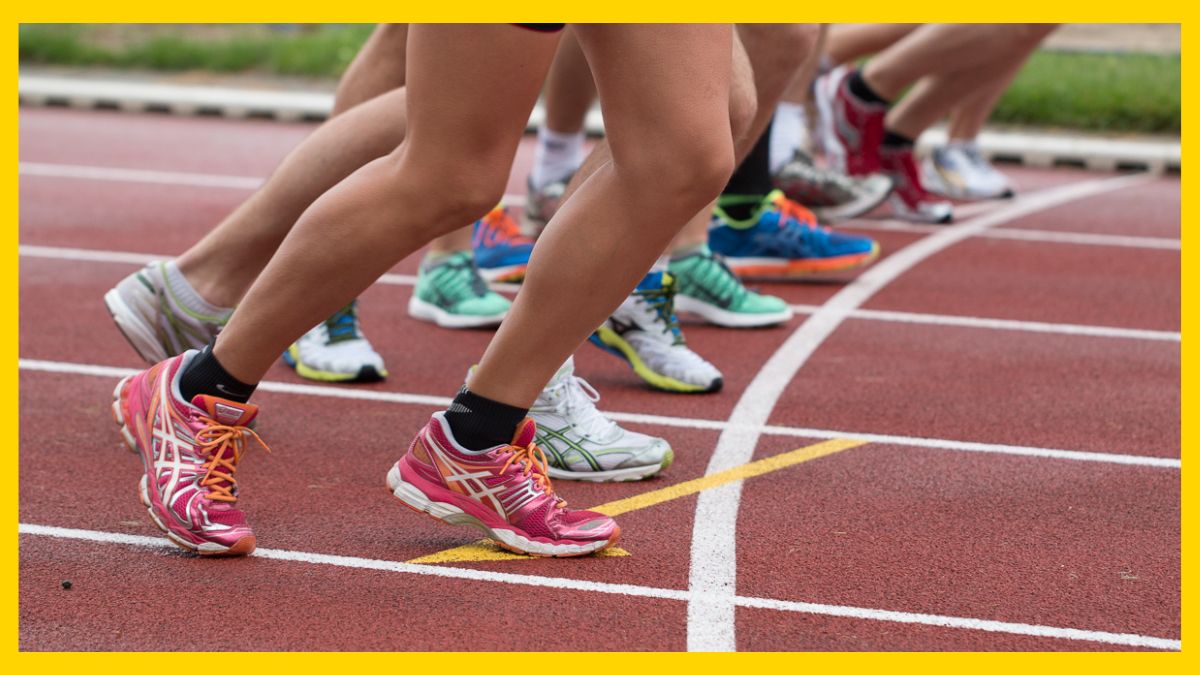Scrolling through social media often leaves us with *FOMO*, especially when we dive into the ~running algorithm~, where almost everyone we know online has already started their "running journey." Whether it's for fitness, leisure, or just the fellowship, running is definitely the ultimate *budol* of 2024.
ICYDK, there are running terms that could help you not only assimilate with the community, but also improve your running workouts. Here’s a quick guide to get you started.
LIST: Essential Terms Every Aspiring Runner Should Know
1. PR
If you've been around runners or even just browse running forums, you've probably seen the term PR being thrown around. No, it is not a shortcut for "pogi runner".
PR stands for "Personal Record." It is your best time in a particular distance—whether it's a 5k, 10k, half-marathon, or even a marathon. So, when a runner says they're aiming for a PR, they're trying to beat their own record.
2. DNS and DNF
DNS means "Did not start." Imagine training hard, preparing all your gear, and getting pumped for race day. But then, for some reason—like a sudden downpour—you don't make it to the starting line. That's DNS.
Whereas, DNF means "Did not finish." It means you started the race, but for some reason, you couldn't complete it.
3. Fartlek
Nope, Fartlek isn't a funny new way to describe a bad gas situation during your run. It's actually a Swedish word that means "speed play." Fartlek is switching up your pace: sprinting for a bit, then jogging, then sprinting again. It is a flexible way to build speed and endurance without the pressure kicking in!
4. Cadence
Cadence is the number of steps you take per minute while running. A higher cadence usually means more efficient running. Aim for a cadence of around 170-180 steps per minute to improve your form and reduce the risk of injury.
5. LSD
No, we're not talking about the hallucinogenic. In running, LSD stands for "Long Slow Distance." This is your excuse to take it easy and enjoy the scenery on those lazy Sunday runs. It's like a pasyal but with more sweat involved. The idea is to run at a comfortable pace for a longer distance, building endurance without burning yourself out.
6. DOMS
Ever felt like lampa the day after a tough workout? That is DOMS—Delayed Onset Muscle Soreness. It kicks in about 24-48 hours after a new or intense exercise session. It is your muscles' way of saying give yourself the rest you deserve, while they repair and grow stronger.
7. Zone 2
Training in Zone 2 means running at a pace where you can comfortably have a conversation a.k.a "chika pace." It is also known as the "fat-burning zone" because your body relies more on fat for fuel at this intensity.
Think of it as your "cruise control" pace, where you're not gasping for air but still putting in a good effort. It's the sweet spot for building aerobic endurance without overexertion. Some people suggest you sing to a song while running to consider that as Zone 2.
8. VO2 Max
VO2 Max might sound like the latest tech gadget, but it’s actually a measure of your body's maximum oxygen uptake during intense exercise. It is about how efficient your body can use oxygen when you're pushing it to the limit. The higher your VO2 Max, the fitter you are. It’s like the difference between a bicycle and a high-speed train.
9. HR/ HR Zones
Heart Rate (HR) is the number of times your heart beats per minute. HR Zones are different intensity levels based on your heart rate, helping you tailor your workouts.
10. Interval Training
Interval training is structured with specific times or distances for work and rest. For example, you might sprint for 1 minute, then walk or jog for 2 minutes, and keep alternating. This type of workout helps improve your speed and endurance, making you feel like a superhero in your next fun run.
But do not confuse it with fartlek—interval training adheres to a strict time and distance. It is a more disciplined and planned approach.


